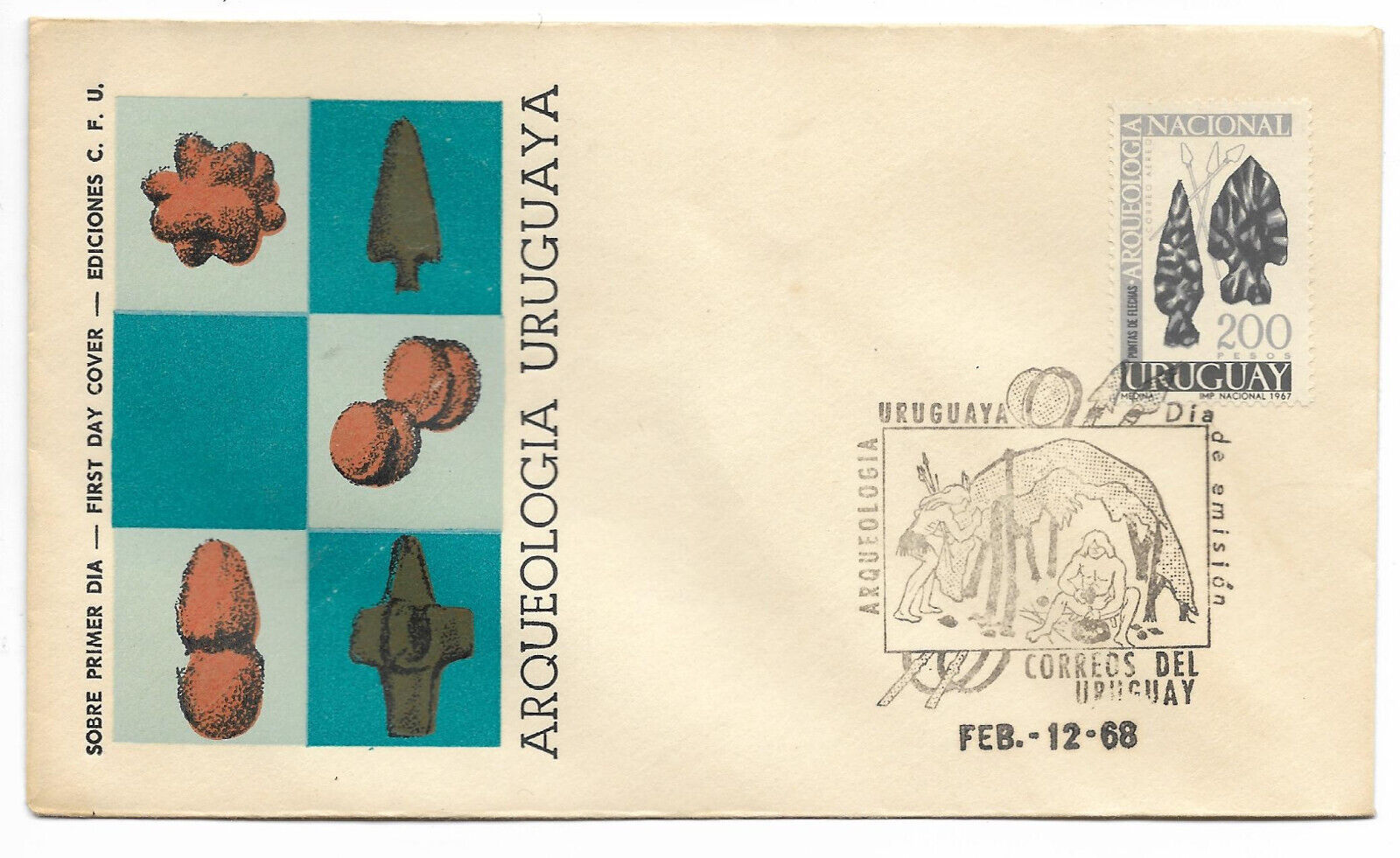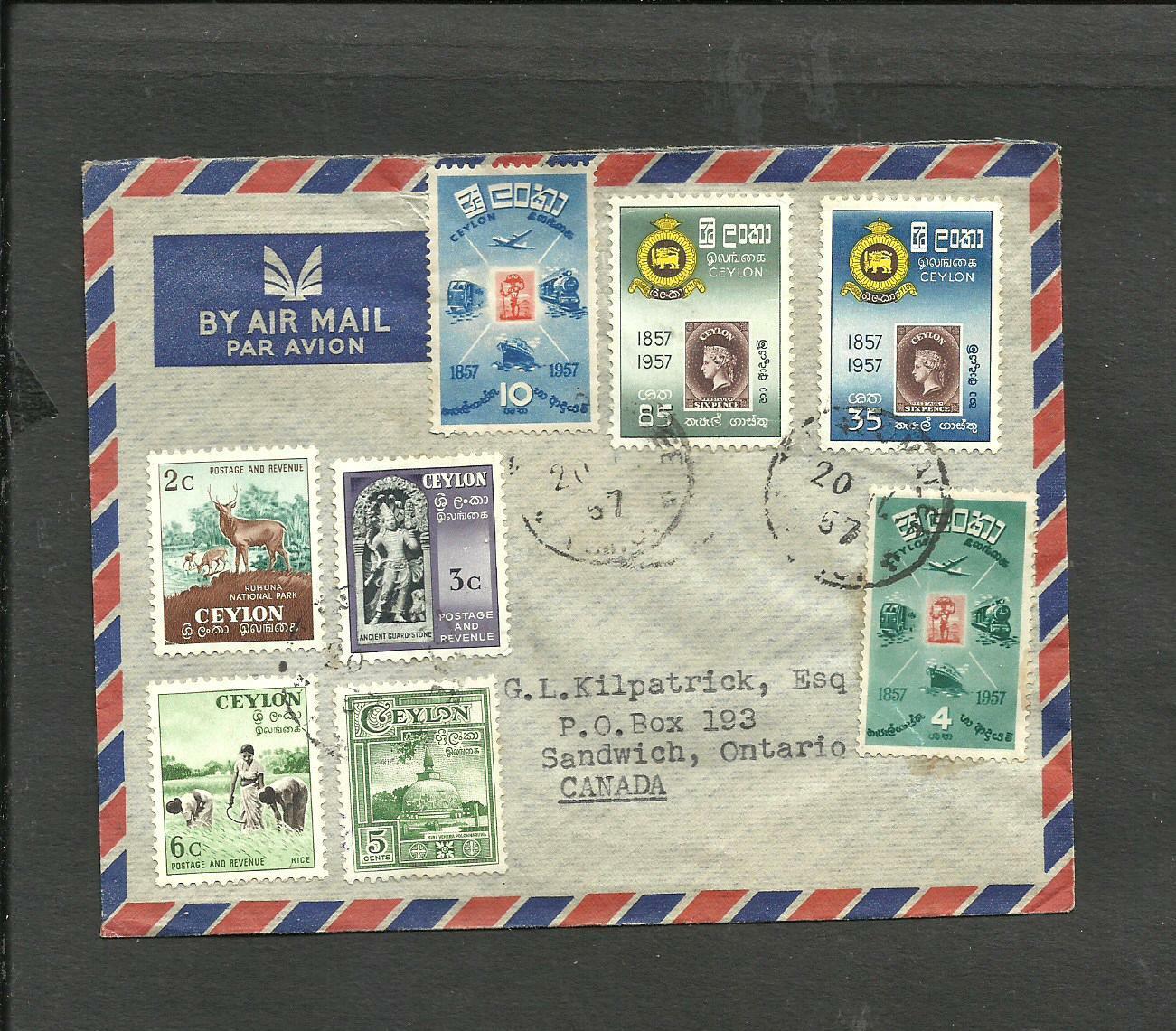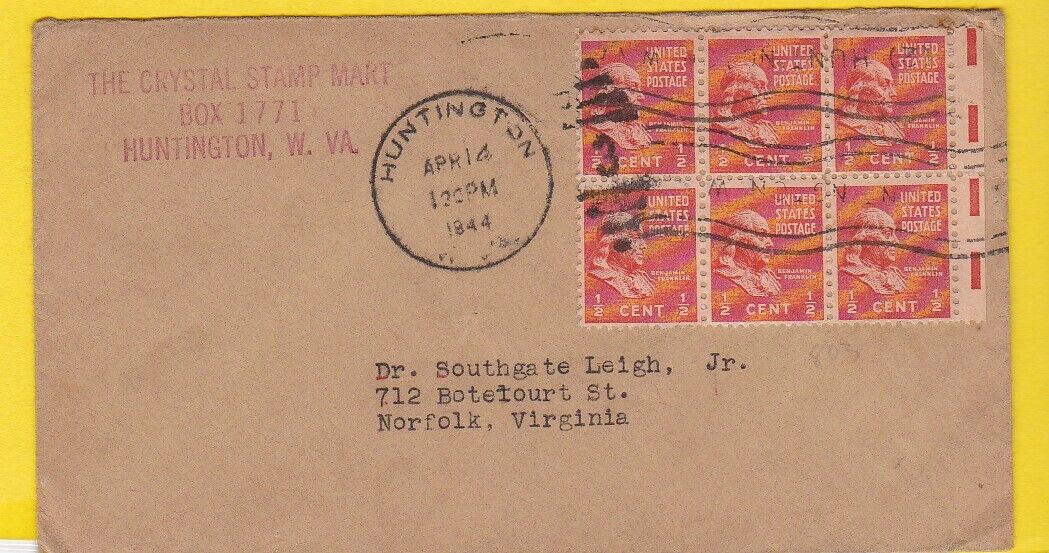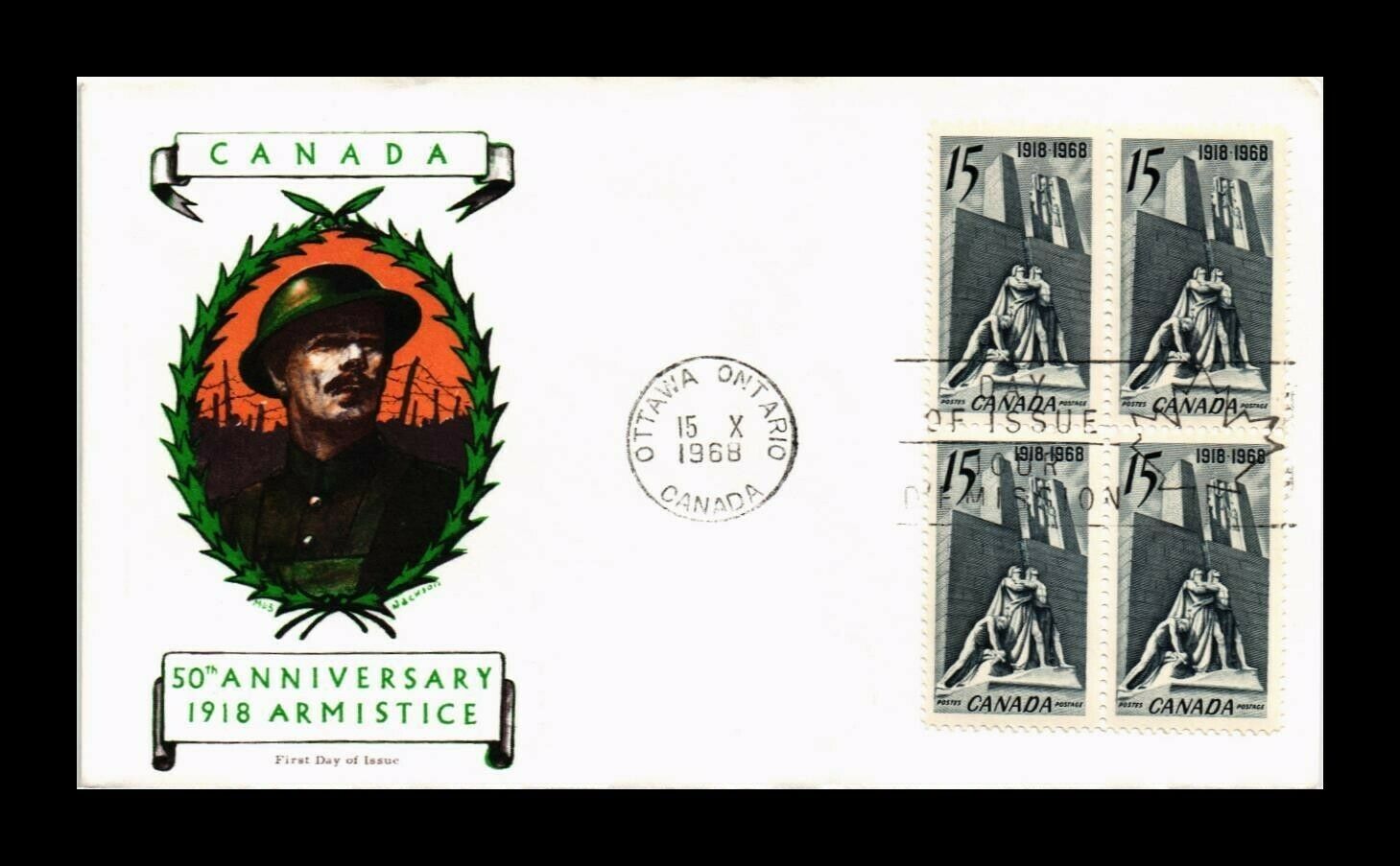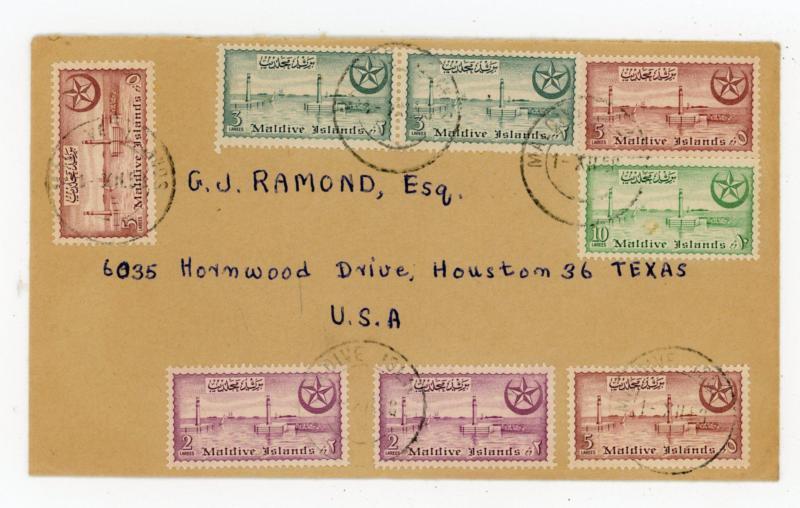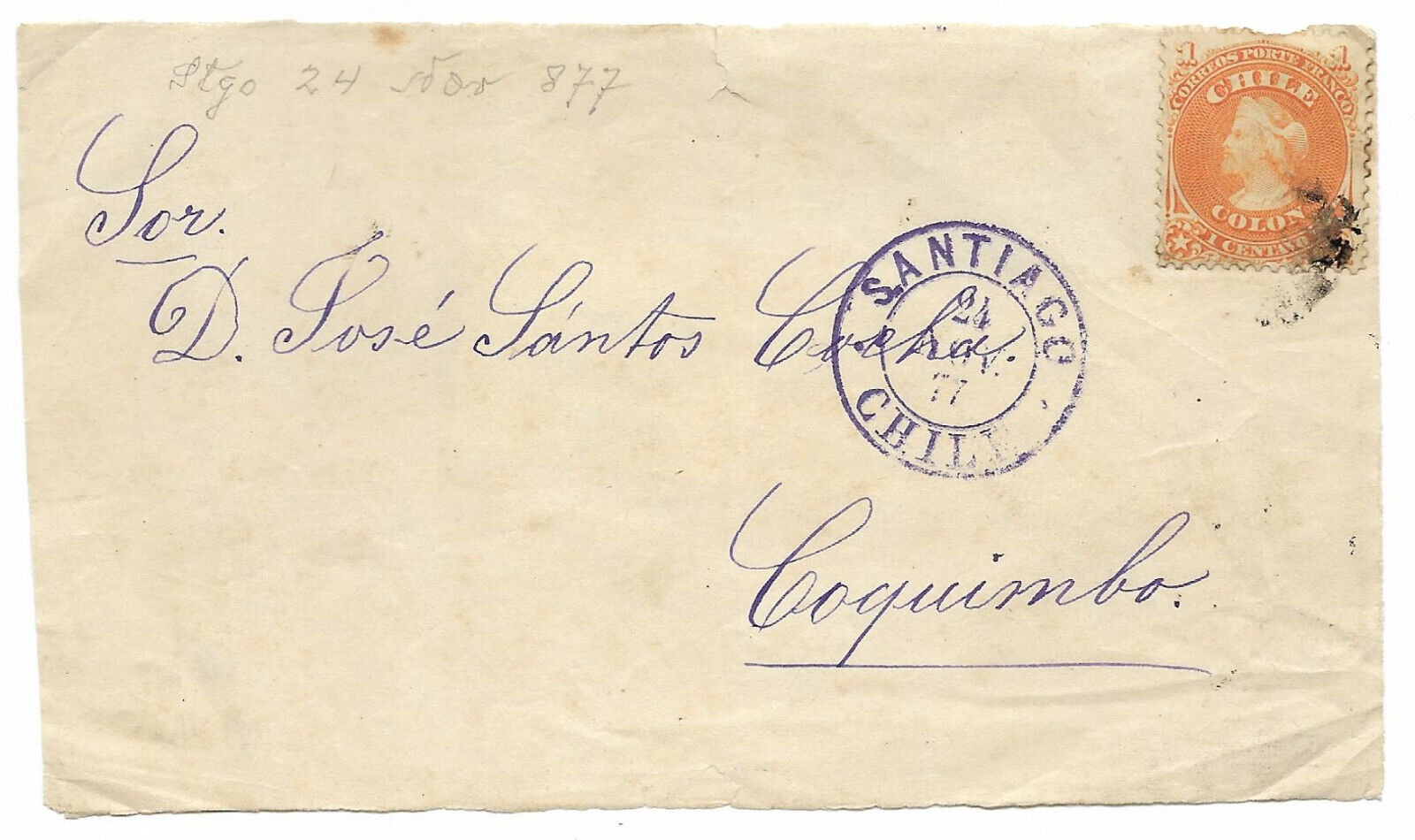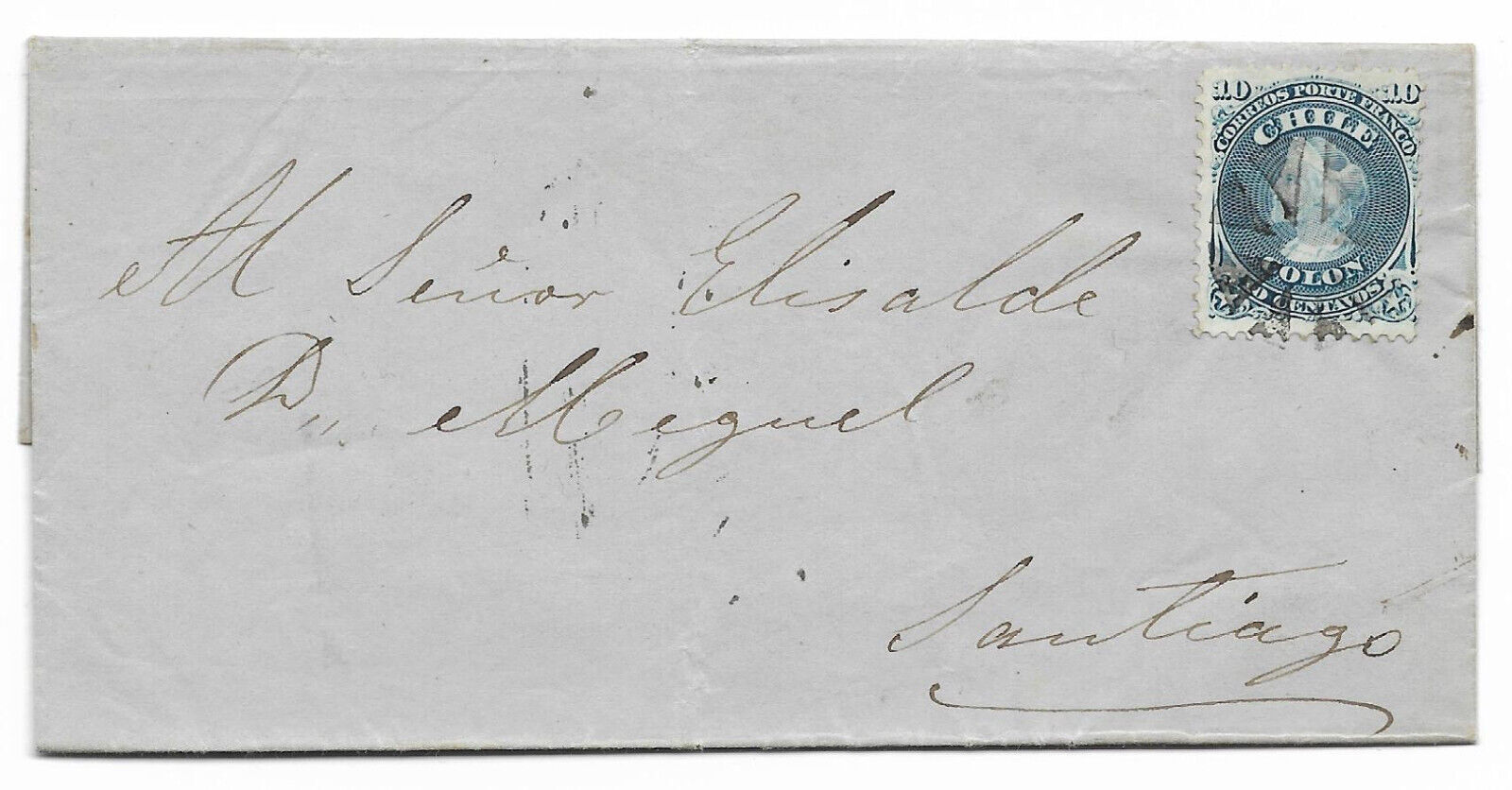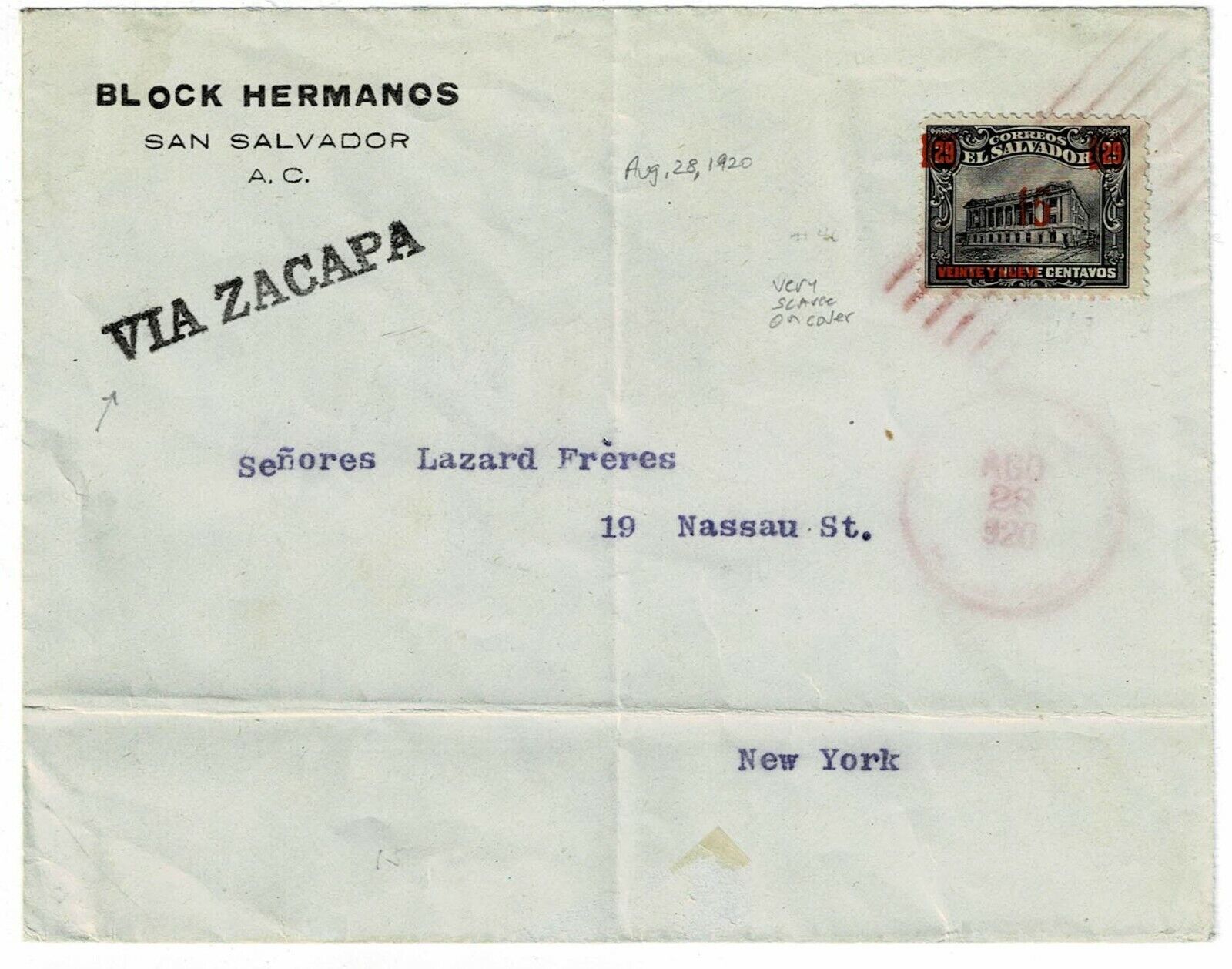-40%
IVIGTUT GREENLAND,RADIO MGR'S INTERESTING LETTER 1956 TO TEXAS, VARIOUS STAMPS,
$ 23.23
- Description
- Size Guide
Description
K. Erickson manager Ivigtut Radio writes to G. Raymond, U.S. Air Force Houston Texas."There is no more American navy unit back at Ivigtut though there is a small sanish unit at
Grondal - very close to us.
I am therefore unable to help you with any sort of APO or Navy postmarks...."
He is sending him first day covers "from the first regular flight Scandinavia - Los Angeles..."
Signs off wishing him well about his polio.
Cover is 9 3/4" x 6" 24 1/2 mm x 15 mm
add ,00 for 1st class/Insured to U.S...
Ivittuut
From Wikipedia, the free encyclopedia
Jump to navigation
Jump to search
This article is about the mining town. For the former U.S. Army post and Naval base, see
Bluie West Seven
. For the former Royal Danish Navy base, see
Gronnedal
.
Ivittuut
The cryolite mine in Ivittuut in 1940
Ivittuut
Location within Greenland
Coordinates:
61°12′30″N
48°10′1
State
Kingdom of Denmark
Constituent country
Greenland
Municipality
Sermersooq
Abandoned
1980s
Ivittuut
, formerly
Ivigtût
(
Kalaallisut
: "Grassy Place",
[1]
) is an abandoned mining town near
Cape Desolation
in southwestern
Greenland
, in the modern
Sermersooq
municipality
on the ruins of the former
Norse
Middle Settlement
.
Ivittuut is one of the few places in the world so far discovered to have naturally occurring
cryolite
(Na
3
AlF
6
,
sodium aluminum fluoride
), an important agent in modern
aluminum extraction
.
History
Map of the "Middle Settlement" of the Norse in medieval Greenland. Red dots indicate known Norse farm ruins.
The area was settled by about twenty farms of
Norsemen
, a district called the "Middle Settlement" by modern archaeologists from its placement between the larger
Western
and
Eastern
settlements. It is the smallest and least well known of the three, and no written records of its residents survive, for which reasons it is believed to have been established last (and abandoned first) of the three. Investigations show a presence after 985 and with occupation continuing up to at least the 14th century.
[2]
The town's cryolite deposit was discovered in 1799
[3]
and the veins of
silver-bearing lead
surrounding it were mined by the British engineer J.W. Tayler before the silver content was found to be too low to make the operation practical.
[4]
Danish engineers began mining the cryolite itself in 1859 and in 1864 the Danish
Kriolit Mine og Handels Selskabet
was granted a monopoly on its extraction.
[4]
These early mines simply processed the cryolite for its direct aluminum content and for sale to the
Pennsylvania Salt Manufacturing Company
, which used it to create
caustic soda
.
The 1884 establishment of the
Hall-Heroult Process
, which depends on the rare cryolite but dramatically improved the extraction of aluminum from
bauxite
ore, increased the deposit's importance. The Ivittuut mining operations were a major factor in the American occupation of Greenland during
World War II
. After World War II, the cryolite was mined by the Danish firm
Kryolitselskabet Øresund
, which helped fund the establishment of
Grønlandsfly
, today's
Air Greenland
.
Cryolite was eventually synthesized, reducing the importance of the mine, and production was finally found uneconomical and discontinued in 1987.
[5]
The community was abandoned soon after.
In 1924, was a stopping place for the
First aerial circumnavigation
during which new engines were installed in two American biplane aircraft.
[6]
:28




